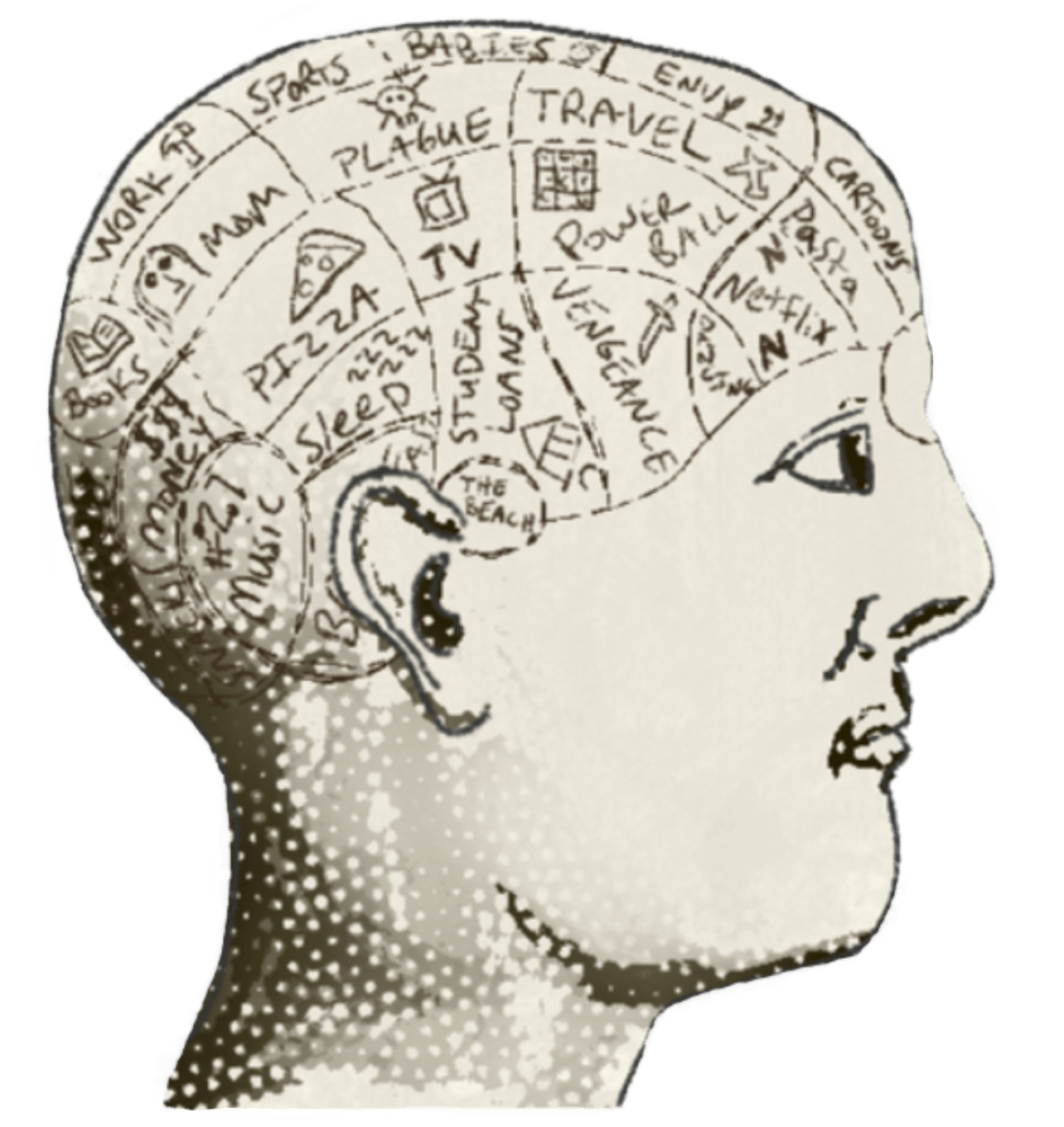Embracing Grand Gestures: Deep Work Sprints for Museum Professionals
Earlier this week, I wrote about grand gestures — The idea being that we might carve out time on a regular basis to interrupt our usual work patterns. We set aside the noise of our everyday activities (tasks) to focus deeply on reconnecting with our goals through a creative act.
The MAP Community is a place that can support grand gestures — or deep, creative sprints — which is why I’m thinking and writing about them this week.
(An alternative to an event- or time-based approach to upsetting our habits is a role-based one. Lynda Kelly shared a link to an article she had written about “guerrillas in residence”, which asks how organizations might change at an operational level (not only management) by empowering staff to act as change agents. Definitely check out her article.)
It’s kind of crazy that organizations don’t encourage regular deep-work sprints. There’s some implied permission associated with attending a (traditional, IRL) professional conference — That’s a time when it’s ok to turn on your email autoresponder and kind of (?) check out for a few days. You’re working but not working, learning and connecting with people to benefit both your career and your museum.
But conferences are more about input than output. Even if you do attend a workshop or two during the conference, you’re likely practicing something for a little while, which is different than creating something over a relatively long while. And conferences are not exactly conducive to deep work. You’re moving from session to session, sampling different ideas rather than participating in a singular progression toward a goal.
What if you (or your staff) could spend a few days focused on creative professional development? If you’ve identified a concept that’s valuable to your organization’s goals (for example, Listening or Imagination), would you allow yourself or your staff to focus exclusively on a creative project that reinforces their understanding of that concept for a few days?
In the future, each season in the MAP Community will end with an invitation to participate in a grand gesture. I’m merging The Ship-It Challenge with MAP & Tell to create a multi-day event that’s modeled on the Eudaimonia Machine described in Cal Newport’s book, Deep Work.
Here’s a video with a narrator reading from the portion of Newport’s book that describes the Eudaimonia Machine:
In short, there are five rooms that you move through, one at a time, progressing toward a state of deeper focus.
For MAP, I’m looking at how we might adopt this model to reinforce our thematic learning in the community.
The gallery: featured work from past events that inspire participants
The salon: a place to debate ideas and challenge each other
The library: The hard drive of the machine with reference material and a complete archive of past work
The office: A place to take care of shallow work that supports your project and/or ensures you’re able to focus completely without interruption
The chamber: Where you focus on creating your project.
The after-party (MAP & Tell): Where you share your project with other participants and the attendees. (I’ve added the sixth room.)
Of course, we’re a virtual community, so this won’t be a physical space. Instead, we’ll different virtual platforms to move participants through these “rooms” over several days.
If you could put the world on hold for a few days and focus on a creative endeavor that helps you imagine a better museum or listen deeply to others, what would you create?
Kyle

